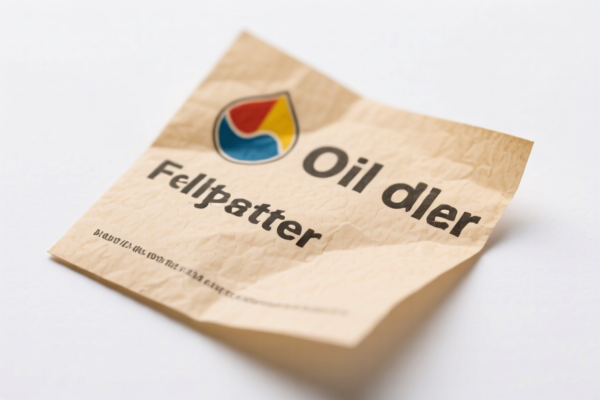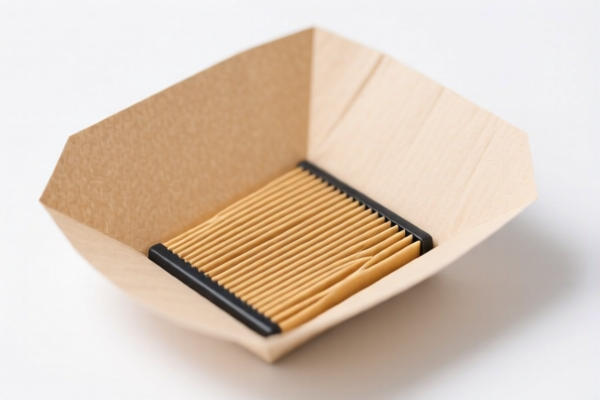| HS Code | Official Doc | Tariff Rate | Origin | Destination | Effective Date |
|---|---|---|---|---|---|
| 8421230000 | Doc | 57.5% | CN | US | 2025-05-12 |
| 8487900040 | Doc | 58.9% | CN | US | 2025-05-12 |
| 8487900080 | Doc | 83.9% | CN | US | 2025-05-12 |
| 8548000000 | Doc | 55.0% | CN | US | 2025-05-12 |
| 8548000000 | Doc | 55.0% | CN | US | 2025-05-12 |




Oil Filter Pan
An oil filter pan, also known as an oil sump pan, is a crucial component in internal combustion engines, serving as a reservoir for engine oil. It is typically located at the lowest point of the engine block.
Material:
- Cast Aluminum: Common in modern engines due to its lightweight nature and efficient heat dissipation. Often die-cast for complex shapes.
- Steel: Used in older engines or performance applications where greater strength is required. May be coated for corrosion resistance.
- Magnesium Alloy: Found in high-performance engines to minimize weight, though more expensive.
Purpose:
- Oil Storage: The primary function is to hold the engine oil supply.
- Cooling: Acts as a heat sink, dissipating heat from the oil.
- Contaminant Collection: Allows heavier contaminants, such as metal particles and sludge, to settle at the bottom, away from the oil pump intake.
- Oil Level Indication: Provides a mounting point for the oil level dipstick or sensor.
Function:
The oil filter pan works in conjunction with the oil pump to circulate oil throughout the engine. Oil flows from the engine components back into the pan by gravity. The oil pump then draws oil from the pan and sends it through the oil filter before recirculating it to lubricate the engine. The pan’s shape and internal baffles help to manage oil sloshing during vehicle movement and prevent oil starvation, particularly during acceleration, braking, and cornering.
Usage Scenarios:
- Automotive Engines: Standard component in gasoline and diesel engines.
- Motorcycles: Smaller versions are used in motorcycle engines.
- Small Engines: Found in lawnmowers, generators, and other small power equipment.
- Racing Applications: Modified pans with increased capacity and baffles for improved oil control.
Common Types:
- Wet Sump: The most common type, where the oil is stored in the pan below the crankshaft.
- Dry Sump: Utilizes a separate oil reservoir and a scavenging pump to remove oil from the crankcase. This system offers superior oil control and is commonly used in high-performance engines.
- Rear Sump: Oil pan located at the rear of the engine, often used in rear-wheel-drive vehicles.
- Front Sump: Oil pan located at the front of the engine.
- Integrated Oil Pan: Combines the oil pan with other engine components for reduced weight and complexity.
Oil filter pans fall under machinery parts used for internal combustion engines, specifically for filtering or purifying liquids. Based on the provided information, the following HS codes are relevant:
-
8421.23.00.00: This HS code covers centrifuges, including centrifugal dryers; filtering or purifying machinery and apparatus for liquids or gases; parts thereof: Filtering or purifying machinery and apparatus for liquids: Oil or fuel filters for internal combustion engines. This is a direct match for oil filters used in engines. The first two digits (84) indicate machinery; the next two (21) specify centrifuges, filtering, and purifying machinery; the final two (23) pinpoint oil or fuel filters for internal combustion engines. The current total tax rate is 57.5%, comprised of a 2.5% base tariff and a 25.0% additional tariff, increasing to 30% after April 2, 2025.
-
8487.90.00.40: This HS code covers machinery parts, not containing electrical connectors, insulators, coils, contacts or other electrical features, and not specified or included elsewhere in this chapter: Other Oil seals, other than those of chapter 40. While primarily for oil seals, it's possible an oil filter pan could be classified here if it's considered a sealing component and lacks electrical parts. The first two digits (84) indicate machinery parts; the next two (87) specify parts not containing electrical features; the final two (90) pinpoint other parts, specifically oil seals. The current total tax rate is 58.9%, comprised of a 3.9% base tariff and a 25.0% additional tariff, increasing to 30% after April 2, 2025.
-
8487.90.00.80: This HS code covers machinery parts, not containing electrical connectors, insulators, coils, contacts or other electrical features, and not specified or included elsewhere in this chapter: Other Other. This is a broad category for machinery parts without electrical components. If the oil filter pan doesn't fall neatly into other more specific categories, it could be classified here. The first two digits (84) indicate machinery parts; the next two (87) specify parts not containing electrical features; the final two (90) pinpoint other parts. The current total tax rate is 83.9%, comprised of a 3.9% base tariff and a 25.0% additional tariff, plus a 25% additional tariff on steel or aluminum products.
It is important to note that the final classification will depend on the material composition of the oil filter pan. If it is made of steel or aluminum, HS code 8487.90.00.80 will have a higher total tax rate due to the additional tariff.
Customer Reviews
No reviews yet.